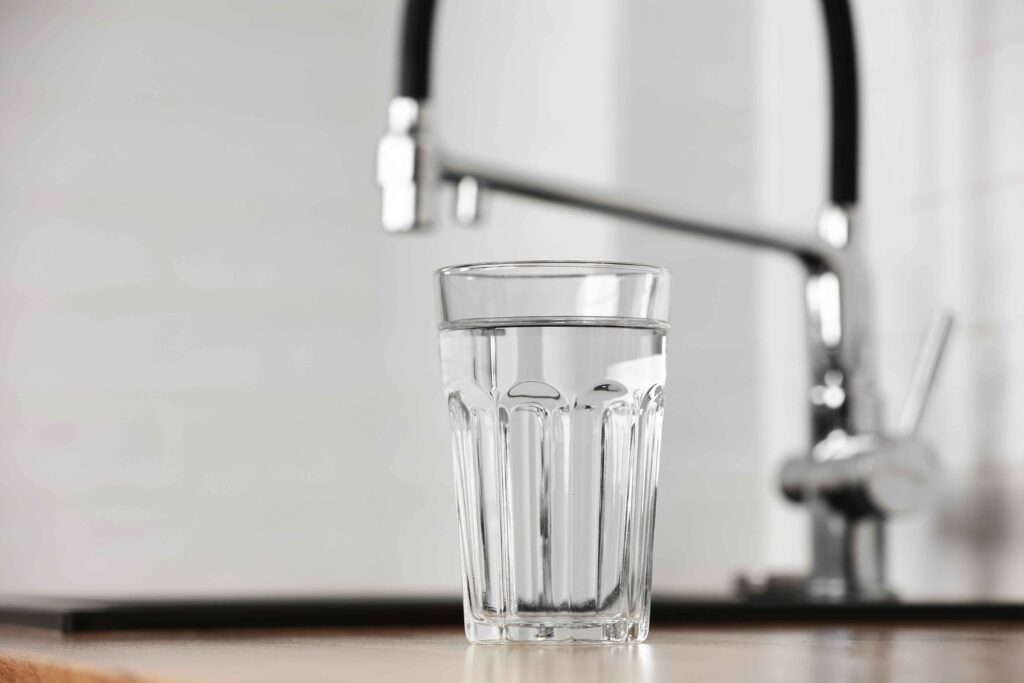Introduction:
Water purification systems are essential for ensuring clean and safe drinking water. Reversemosis and carbon filter systems are two of the most common water purification systems available. While both systems are effective in removing contaminants from water, they differ in their processes and capabilities. In this blog, we will explore the differences between reverse osmosis and carbon filter systems to help you choose the best system for your needs.
Reverse Osmosis System:
Reverse osmosis (RO) is a water purification process that uses a semi-permeable membrane to remove contaminants from water. The membrane allows water molecules to pass through while blocking larger molecules such as bacteria, viruses, and minerals. The RO process removes up to 99% of impurities, including lead, arsenic, fluoride, and chlorine.
RO systems typically consist of a pre-filter, membrane, and post-filter. The pre-filter removes larger particles such as sediment, while the membrane removes smaller particles, including dissolved solids and minerals. The post-filter is often a carbon filter that removes any remaining impurities and improves the taste and odor of water.
Carbon Filter System:
Carbon filter systems use activated carbon to remove contaminants from water. The activated carbon is made from coconut shells, wood, or coal and has a porous surface area that absorbs impurities from water. Carbon filters can remove impurities such as chlorine, sediment, and volatile organic compounds (VOCs).
Carbon filter systems typically consist of a single cartridge that contains activated carbon. Water passes through the cartridge, and the activated carbon absorbs impurities from the water. Carbon filter systems are simple to install and maintain, making them a popular choice for residential use.
Differences between Reverse Osmosis and Carbon Filter Systems:
While both reverse osmosis and carbon filter systems are effective in removing contaminants from water, they differ in their processes and capabilities. Here are some of the key differences between the two systems:
Filtration Process: Reverse osmosis uses a semi-permeable membrane to remove impurities from water, while carbon filter systems use activated carbon to absorb impurities from water.
Contaminant Removal: Reverse osmosis is more effective in removing a wider range of contaminants, including dissolved solids, minerals, and heavy metals, while carbon filter systems are better at removing chlorine, sediment, and VOCs.
Water Waste: Reverse osmosis systems typically waste more water than carbon filter systems. For every gallon of purified water, an RO system can waste up to three gallons of water. Carbon filter systems do not waste water, making them a more environmentally friendly option.
Maintenance: Reverse osmosis systems require more maintenance than carbon filter systems. The semi-permeable membrane needs to be replaced regularly, and the system needs to be cleaned periodically to prevent bacterial growth. Carbon filter systems only require the cartridge to be replaced periodically.

Conclusion:
In conclusion, both reverse osmosis and carbon filter systems are effective in removing contaminants from water. Reverse osmosis is more effective in removing a wider range of contaminants, while carbon filter systems are better at removing chlorine, sediment, and VOCs. Reverse osmosis systems waste more water and require more maintenance than carbon filter systems.
When choosing a water purification system, it is essential to consider your specific needs and the quality of your water source. If you have high levels of dissolved solids or heavy metals in your water, a reverse osmosis system may be the best option. If you have concerns about chlorine, sediment, or VOCs, a carbon filter system may be a better choice.
Overall, both reverse osmosis and carbon filter systems provide clean and safe drinking water. By understanding the differences between the two systems, you can choose the best system for your needs and enjoy the benefits of clean, healthy water.


